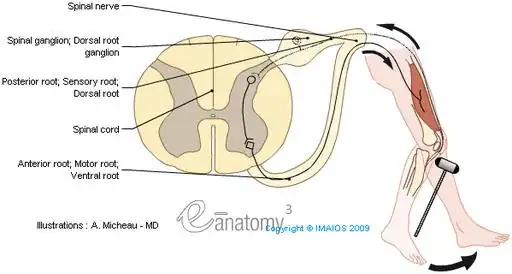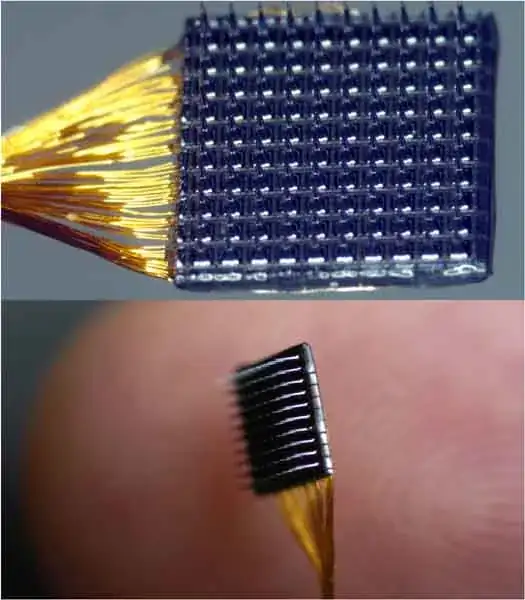This is an interesting question from a couple of different perspectives, as there are both gross physiological and neurological changes that need to be made.
The first issue is nervous integration. Your body has a set number of nerves in the spinal column that are connected all over the body. There are a lot of them, and they all go somewhere, so you've got 2 (really 3, but I'll get to the third later) options here: 1: co-opt some nerves that already have other functions and accept that you'll have issues elsewhere in the body or 2: Grow a whole new set of nerves that connect directly to the brain.
Then you run into the next problem: Neurological integration. While it's possible for people to learn to do new things with nerves they've already got (option 1 above) it's tricky and takes a lot of time as the brain has to 'forget' how it worked before and forge new neuron pathways. I imagine it will take even longer if you're just bashing new nerves into the brain, though with the level of bioengineering you're suggesting forming a section of new neurons specifically to cater to those nerves shouldn't be too much of a stretch, and therefore the new neurons will be able to 'learn' the new skills from scratch, rather than having to overwrite old pathways and patterns of behaviour.
Now we come to option 3, which I think is possibly the coolest option. The brain, in essence, is a learning machine that maps inputs to outputs. We're starting to get a handle on how best to do this with machines, and your society seems a bit more advanced than ours. so:
Integrate a small computer directly under the brainstem, linking the old nerves to the new nerves, but with a configurable pathway arrangement controlled by a (hideously complex) learning machine. The person can then be challenged to a series of tasks and stimuli to allow the machine to learn their normal responses and how certain tasks match to certain nerves. The machine is then in a position to 'map' those tasks/stimuli directly from the persons brain to whatever format is most appropriate for the new limb. If built correctly it can start a process of constant upgrades/tweaks to optimise the new limb for the new user and allow for configurable remapping of nerves on the fly (as it were).
If a switch (mental or otherwise) is included to allow the user to flick between states, the machine can handle all the mappings required for turning on/off limbs, and also keep limbs that aren't currently being controlled still (for example if you want to hold something and use your wings at the same time)
And coolest of all: If someone else has learnt to use a particular limb you can upload their mappings to your unit, and have a massive headstart on learning to use the extra parts.
Though I don't look forward to the day someone learns to hack it...

